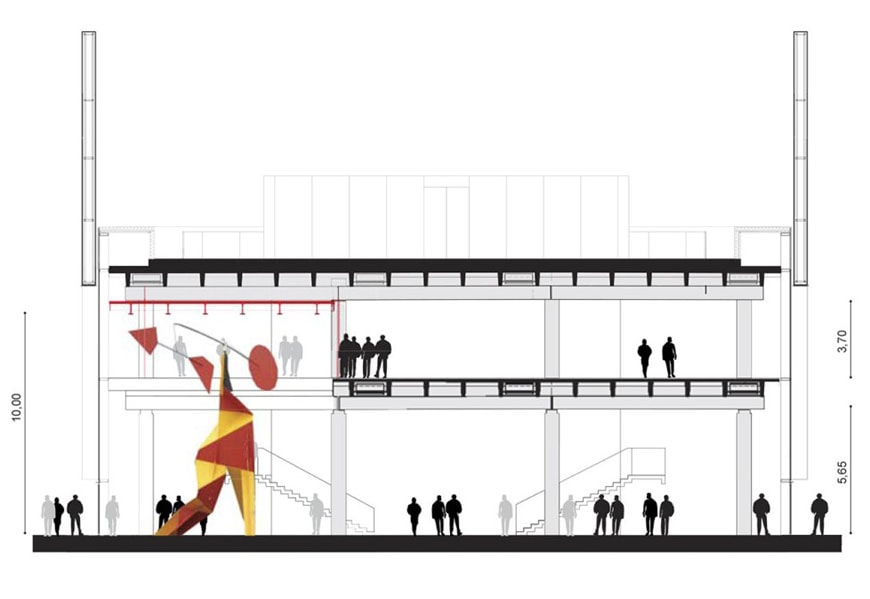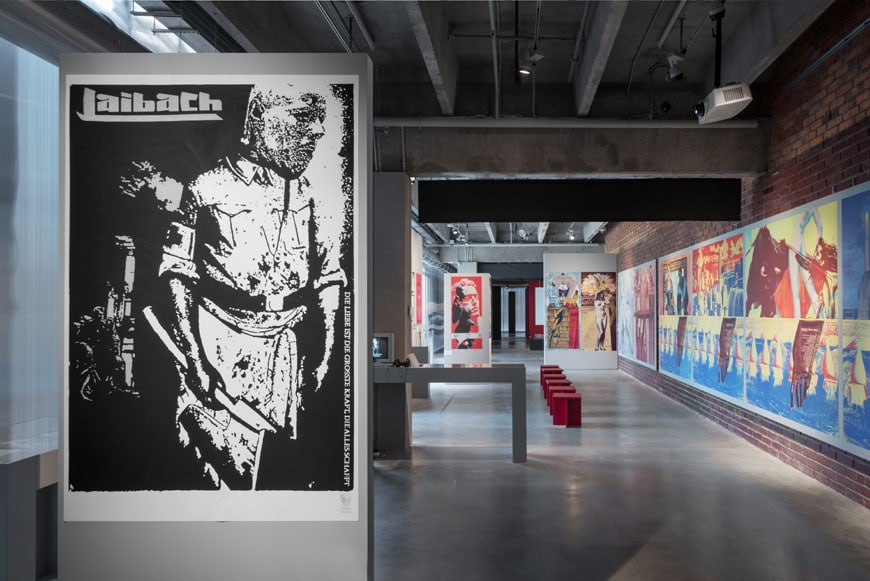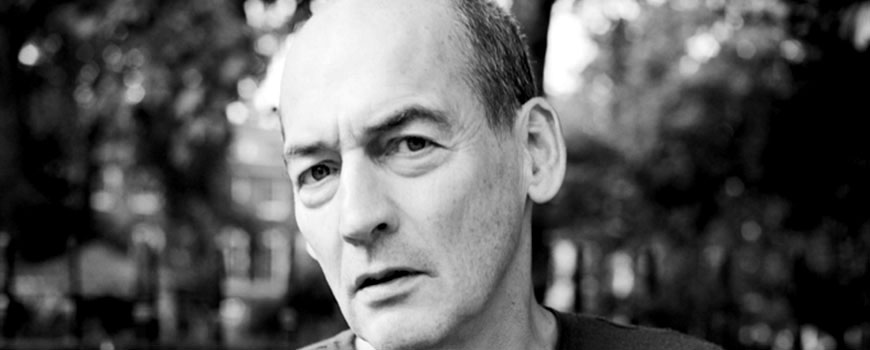Garage Museum of Contemporary Art, Moscow
Central Federal District, Russian Federation
How our readers rate this museum (you can vote)
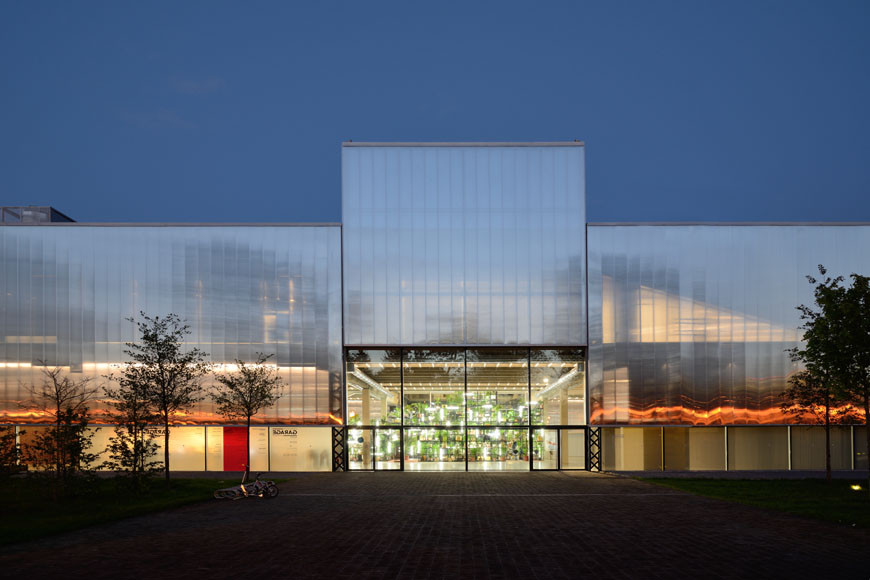
The Garage Museum of Contemporary Art (Russian: Музей современного искусства «Гараж») is an art center in Moscow, Russia. The museum is housed in a former Soviet-era restaurant near Gorky Park, redeveloped after a design by Dutch architect Rem Koolhaas / OMA.
History and architecture
The museum was founded in 2008 as the Garage Center for Contemporary Culture by well-known business persons and art collectors Dasha Zhukova and Roman Abramovich with the aim “to provide opportunities for dialogue, as well as the production of new work and ideas (and to) reflect current developments in Russian and international culture”.
Initially, the center was housed in the former Bakhmetievsky Bus Garage, designed in 1926 on the outskirts of the Russian capital by constructivist architect Konstantin Melnikov.
In 2014, the center changed its name to the Garage Museum of Contemporary Art, and a year later, it moved to its current location in central Moscow.
The museum’s building was once home to the popular Vremena Goda restaurant, a 1960s Soviet-era prefabricated concrete construction which has been in a derelict state for over 20 years.
Photo © Iwan Baan courtesy Garage Museum of Contemporary Art
Image courtesy of OMA
With a total floor area of 5,400 square meters (58,000 square feet), the new museum, designed by Rem Koolhaas / OMA, retains many characteristics of the old building, including ornamental elements such as a large and picturesque mosaic depicting the summer season, which once adorned the restaurant’s main dining hall. Koolhaas did not consider such artifacts, which also included graffiti and decorative brickwork, just as mute relics of a remote past, but incorporated them in the new building as active elements and investigated the possible visual relationship between them and the contemporary artworks on display in the museum.
The mosaic depicting the summer season, photo Garage Museum of Contemporary Art
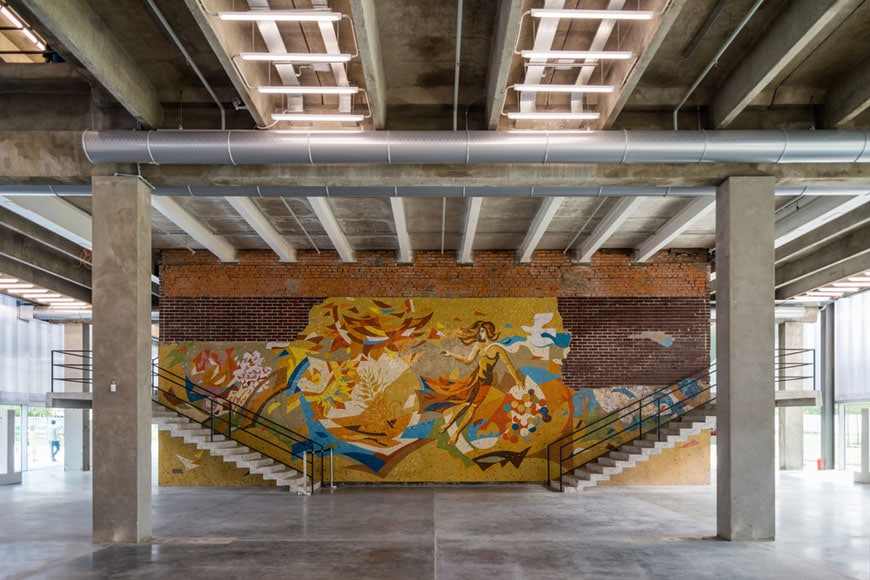
A view of the restored building and a scheme of the visual relationship between old decorative elements and contemporary artworks, courtesy of OMA

“Proof” exhibition, September 30, 2016–February 5, 2017, installation view, Photo: Alexei Naroditsky © Garage Museum of Contemporary Art
The old building had lost all its facades; therefore, the first element conceived by Koolhaas was a new envelope, chiefly made of double-layer polycarbonate, a material relatively unusual for a museum building, and previously adopted in a few other public buildings (such as Herzog & de Meuron’s Laban Center in London, or the Seoul National Museum of Art by Koolhaas himself).
Along with being the building’s protective skin, the facades contain the ventilation system and the safety stairs; furthermore, their translucent panels can be used as projection screens, thus transforming the whole envelope into a giant multimedia communication device that conveys information from inside the museum into the public realm.
Two sections of the facade can be lifted upwards to provide access to the Garage Museum’s main lobby. A double-height space, 10 meters high, the lobby is also suitable for displaying large sculptures and installations.
Photo courtesy Garage Museum of Contemporary Art
Cross-section of the museum lobby and views of the architectural model, images courtesy of OMA
The museum comprises three levels. The ground level accommodates the main lobby, a bookshop, a media library, and a cafeteria. The upper levels house flexible open spaces for exhibitions and special events, rooms for learning and research activities, an auditorium, offices, and a roof terrace. An education center and a 20,000-item art library are housed in a smaller building nearby.
A bespoke movable separation system can easily provide custom “white cubes” on demand by folding down an array of lightweight walls from the galleries’ ceiling.
The functional scheme, ground floor plan, and cutout model showing the auditorium level (+1), courtesy of OMA
Scheme of the “folding down” partition system, image courtesy of OMA
Collection, exhibitions, and special programs
As mentioned earlier, the Garage’s mission is to promote contemporary creativity through its permanent collection, special events, and educational programs.
The permanent collection of the museum is chiefly dedicated to Russian art from the 1950s to the present and presents – along with videos, photographs, and historical documents – works by many of the most important modern and contemporary Russian artists, including Leonid Talochkin, Igor Makarevich, Alexander Brener, Kirill Preobrazhenskiy, Gia Rigvava, Sekta Absolyutnoi, Lyubvi Group, Nikita Alexeev, Alexey Belyaev-Gintovt, Lyudmila Gorlova, Oleg Kulik, Georgy Litichevsky, Evgeniy Mitta, Boris Mikhailov, Igor Mukhin, the Mitki and Fenso groups, Andrei Monastyrsky, Irina Nakhova, Timur Novikov, Anatoly Osmolovsky, Viktor Pivovarov, Dmitri Prigov, Aidan Salakhova, Vadim Fishkin, Olga Chernysheva, Ivan Chuikov, Alexei Shulgin, Nikita Alexeev, Yuri Albert, Larisa Rezun-Zvezdochetova, Viktor Pivovarov, Viktor Skersis, and Medical Hermeneutics Inspection group, among others.

Views of the first-floor galleries housing the exhibition “Proof” featuring works by Francisco Goya, Sergei Eisenstein, and Robert Longo; photos: Alexei Naroditsky © Garage Museum of Contemporary Art
Exhibition “NSK, from Kapital to Capital”, 2016, installation view, © Garage Museum of Contemporary Art
The program of special events includes thematic temporary exhibitions, retrospectives, film screenings, and special commissions focused on the work of Russian and international artists, as well as on the reciprocal art influences and creative relationships between Russia and the rest of the world.
The Garage’s educational activities comprise workshops for children and families, lectures, seminars, conferences, guided tours, and training courses for school teachers and art professionals.
Photos above and cover image courtesy of Garage Museum of Contemporary Art
copyright Inexhibit 2025 - ISSN: 2283-5474


 (3 votes, average: 4.33 out of 5)
(3 votes, average: 4.33 out of 5)





